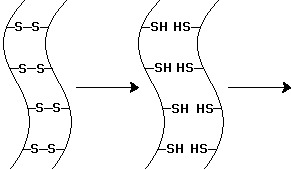#Question id: 28938
#Unit 7. System Physiology – Animal
Central diabetes insipidus is caused by___
#Question id: 28939
#Unit 7. System Physiology – Animal
Nephrogenic diabetes insipidus is caused by___
#Question id: 28940
#Unit 7. System Physiology – Animal
when vasopressin is inappropriately high relative to serum osmolality then it will cause__
#Question id: 28941
#Unit 7. System Physiology – Animal
Oxytocin and vasopressin are synthesized in ___I______but released from____II______.
#Question id: 28942
#Unit 7. System Physiology – Animal
Which of the following tripeptide hormones, stimulates the secretion of TSH by thyrotropes in anterior pituitary?
#Question id: 28943
#Unit 7. System Physiology – Animal
Hypothalamus secreting Corticotropin-releasing hormone (CRH) stimulates the secretion of____

